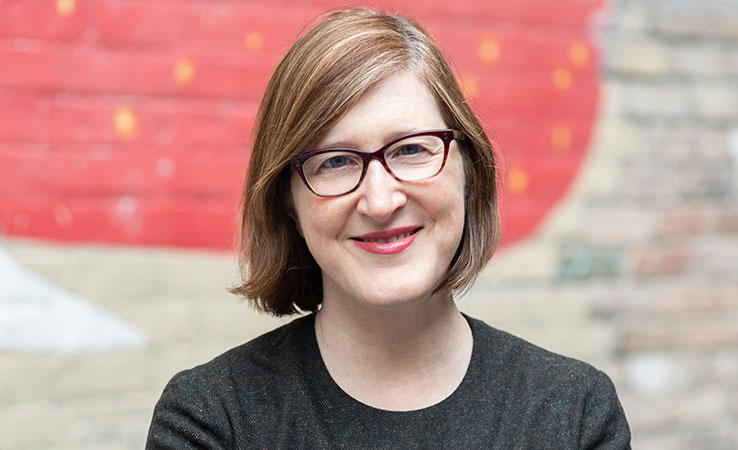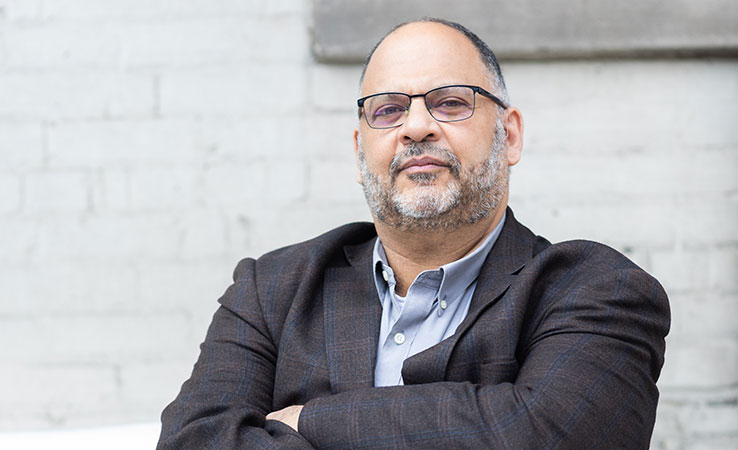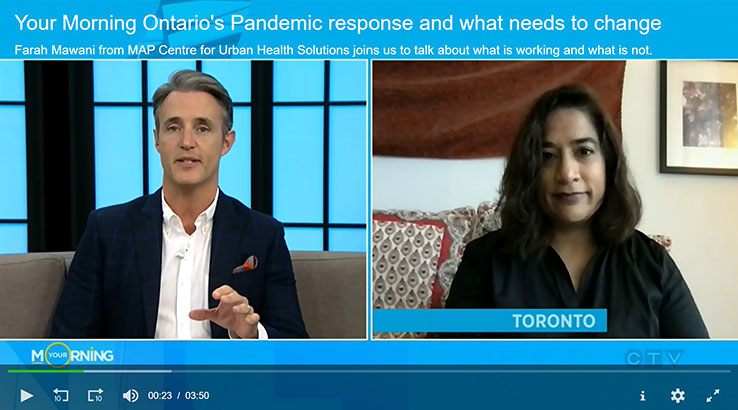In an announcement by the Government of Canada earlier today, Dr. Gillian Booth was awarded a prestigious Tier 1 Canada Research Chair.
An endocrinologist and internationally recognized researcher, Dr. Booth investigates and designs evidence-based solutions to address the socioeconomic, environmental and health-care factors behind Canada’s diabetes epidemic.
“I’m so grateful to have been nominated by St. Michael’s Hospital and the University of Toronto,” said Dr. Booth. “This CRC will enable me to answer questions that we haven’t been able to answer yet, about the complex relationships between our built environment, our health, and health inequities – and about how best to intervene through strategic policy change.”
Dr. Booth’s research has already revealed important links between neighbourhood characteristics (such as walkability, retail food options, socioeconomic status) and residents’ risk of obesity and diabetes. However, she says that we are just beginning to understand how these different exposures work together to influence our health.
“For example, walkability is associated with better health outcomes,” said Dr. Booth, “But our research has shown that if you live in a walkable area with a lot of traffic-related air pollution, that pollution negates a lot of those benefits. It’s not always a simple cause-and-effect equation.”
The solutions Dr. Booth’s research points to are often at the level of public policy – particularly those related to urban planning and the built environment. As part of her CRC, Dr. Booth and her team will design tools (e.g. data maps, cost/benefit predictive models) to help policy makers weigh the potential health benefits of different policy options for different contexts, and to assess how much investment is required in order to make a meaningful impact on the health of a population.
As a further catalyst, she is leading a national network to help built-environment research teams learn from each others’ experiences to help accelerate the implementation of evidence into policy.
“I’m concerned that although there’s more and more focus on healthier neighbourhood design in Canada, these interventions are likely to end up in neighbourhoods that are wealthier and healthier to begin with,” said Dr. Booth. “We need to learn more about how policy making can be more equitable and impactful. This CRC is a really exciting step in my work to help make that happen.”
MAP is now home to seven Canada Research Chairs in total:
- Dr. Gillian Booth: Canada Research Chair in Policy Solutions for Diabetes Prevention and Management
- Dr. Ann Burchell: Canada Research Chair in Sexually Transmitted Infection Prevention
- Dr. Sharmistha Mishra: Canada Research Chair in Mathematical Modeling and Program Science
- Dr. Patricia O’Campo: Canada Research Chair in Population Health Intervention Research
- Dr. Nav Persaud: Canada Research Chair in Health Justice
- Dr. Janet Smylie: Canada Research Chair in Advancing Generative Health Services for Indigenous Populations in Canada
- Dr. Darrell Tan: Canada Research Chair in HIV Prevention and STI Research
Learn more about Dr. Booth’s research:
COVID-19 and diabetes: Clinical Outcomes and Navigated NEtwork Care Today (CONNECT)





